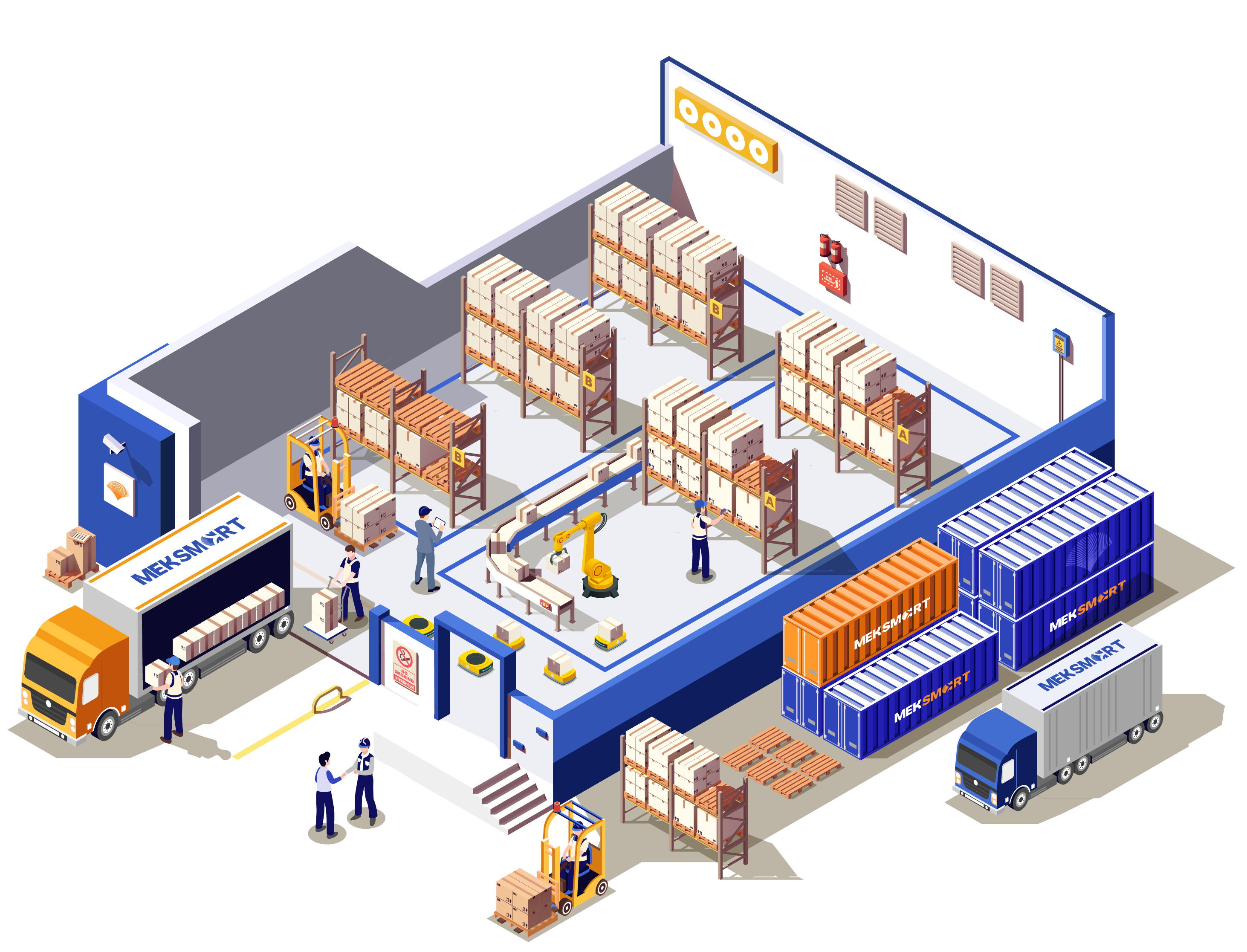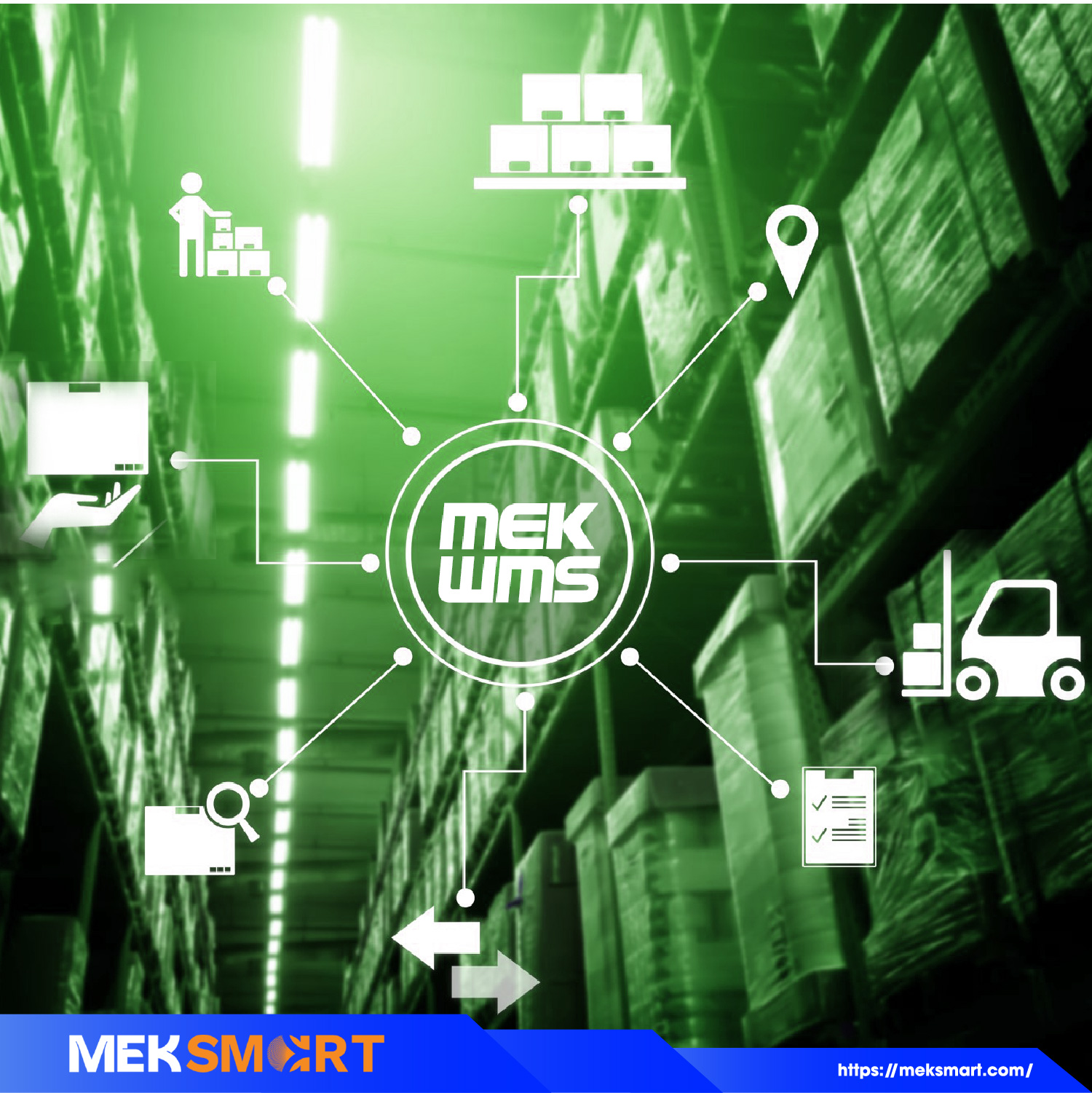MEKSMART
GENERAL NEWS
Author: Meker M
Update: 14/12/2022
CONTRADICTORY VIEWS OF INVENTORY
Contradictory Views of Inventory - Should or Shouldn't Keep Inventory?
Inventory policy is so important that production managers, marketing managers, and financial managers must work together to achieve consistency. There are many different views on inventory policy, in order to balance different goals such as: reducing production costs, reducing inventory costs and increasing the ability to meet customer demand. This section will address competing views on setting inventory policy. We examine the nature of inventory and the workings of an inventory system, develop the basics of inventory planning, and analyze some inventory problems.
There are many reasons why you want inventory and why don't you.
Why do we keep inventory?
Inventory is necessary, but the important issue is how much inventory is kept to suit the production and business conditions of the unit.
We keep inventory because some of the following costs are low:
Start-up quality costs: When we start to produce a shipment, there are many disadvantages in the early stages, such as workers may be learning how to manufacture, materials are not up to specification, machinery installed setting requires adjustment. The larger the lot size, the less variation during the year and less scrap.
Inventories can be essential to the efficient operation of a production system, but there are many reasons why we don't keep inventory.
About the finished product
- Prepare the quantity of goods before delivery.
- Limited production capacity.
- Products can be displayed to customers.
About semi-finished products
- Because of the management stage, it is not possible to combine the 2 production stages.
- Producing and transporting large shipments makes inventory more, but can reduce production costs, and material transportation costs.
About raw materials
- Some suppliers produce and ship some raw materials in batches.
- Large orders make more inventory, but can be deducted according to the quantity purchased, reducing purchasing costs.
Why don't we keep inventory
The following are some of the reasons why costs increase when inventory is high:
Storage costs: Are the costs incurred related to storage as shown in Table 6-2 below.
Cost of satisfying customers: If the inventory of semi-finished products is too large, it hinders the production system. As the time it takes to produce and deliver customer orders, the ability to respond to changes in customer orders weakens.
Production coordination costs: Due to a large amount of inventory that hinders the production process, more labor is needed to clear bottlenecks, and solve bottlenecks related to the production and scheduling coordination program.
The cost of the quality of large batches: When producing large batches, there is a large inventory. In some cases, some will be damaged and some parts of the production batch will have defects. Smaller batch sizes can reduce the amount of poor quality.
Costs incurred during storage:
Cost of home or warehouse:
Rent or depreciation.
Housing tax.
Warehouse insurance.
Expenses for using equipment and means:
Rent or depreciation of equipment and means.
Fuel costs for equipment and means of operation.
Equipment operating costs.
Cost of human resources for supervision and management activities:
Cost of salaries for maintenance staff.
Warehouse management costs.
Cost of investing in inventory:
The cost of borrowing to buy goods and the cost of paying interest on the loan.
Insurance for goods in stock.
Other costs incurred:
Costs due to loss and loss of materials.
Costs due to not using such materials.
Cost of turning the warehouse to limit the loss of quality.
Resource: logistics4vn.com











